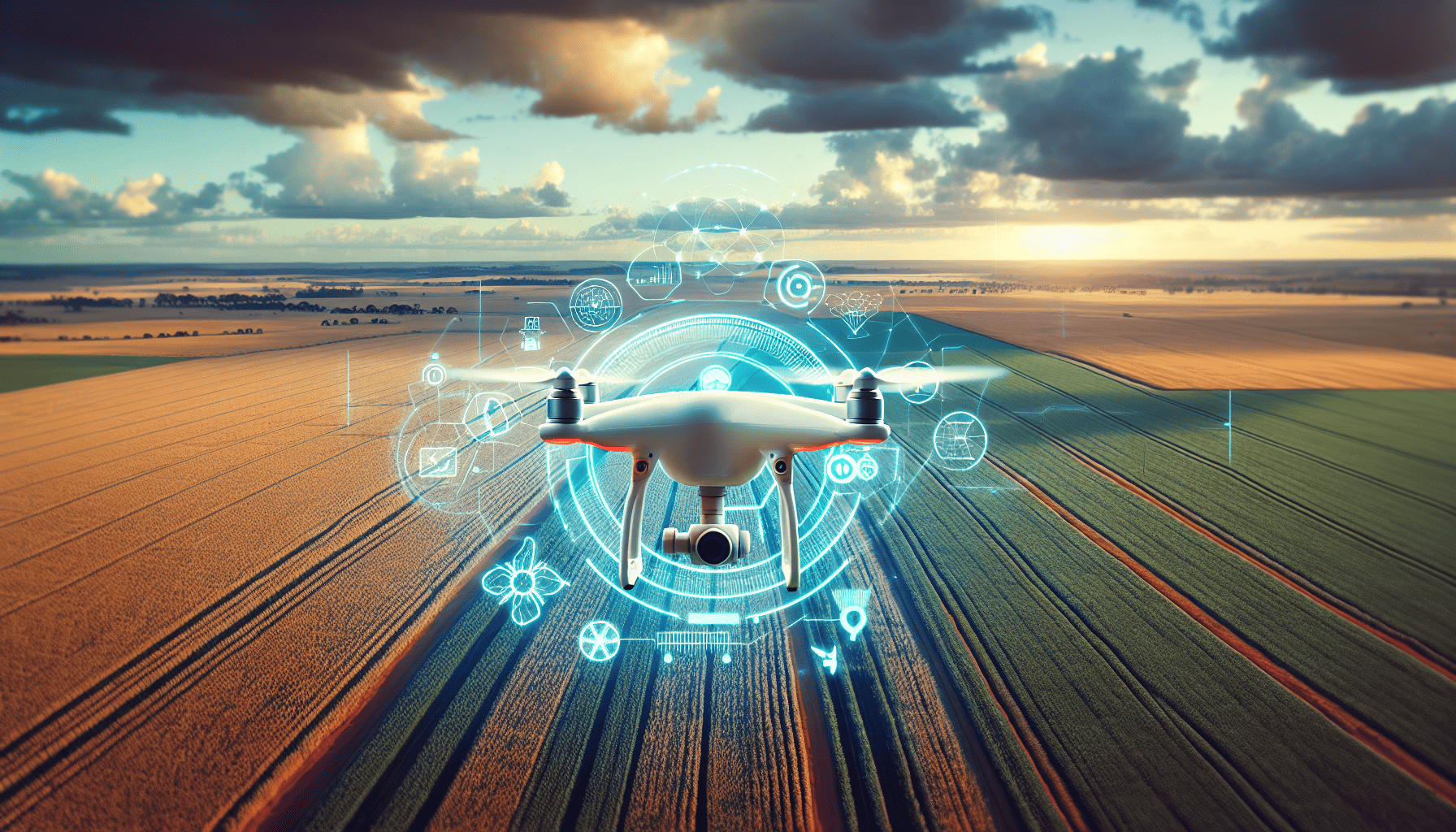Australia's agricultural sector, a cornerstone of its economy, is undergoing a transformative shift thanks to cutting-edge technological innovations. With the pressures of climate change, resource limitations, and a growing global population, the need for efficient, sustainable farming practices has never been greater. Fortunately, recent developments in agricultural technology, or AgriTech, are offering solutions that are not only increasing productivity but also enhancing environmental sustainability across the country.
One of the standout innovations propelling Australia’s agricultural industry forward is the use of drones. These unmanned aerial vehicles have become indispensable tools for farmers, providing a bird’s-eye view of vast plots that would be difficult and time-consuming to monitor manually. Equipped with multispectral sensors, drones can gather detailed data on crop health, soil conditions, and water distribution. This real-time information allows farmers to make informed decisions, optimize resources, and detect potential issues before they escalate into larger problems.
In parallel, automated irrigation systems are revolutionizing water management practices. In a country where water scarcity is a pressing issue, intelligent irrigation systems powered by IoT technology and machine learning are ensuring efficient water use. By analyzing weather forecasts and soil moisture levels, these systems can determine the exact amount of water needed, reducing waste and promoting sustainable use of Australia’s valuable water resources.
Emerging AgriTech innovations also extend to the realm of robotics. Autonomous machines are beginning to take on labor-intensive tasks such as planting, weeding, and harvesting. Not only do these robots alleviate the burden on human workers, particularly amid labor shortages, but they also minimize soil compaction and reduce the chemical inputs required for traditional farming methods. This, in turn, leads to improved soil health and reduced environmental impact.
Furthermore, precision agriculture has gained significant traction. By leveraging GPS and satellite technology, precision farming allows for exact planting, fertilizing, and harvesting. This methodology increases crop yields while decreasing the use of fertilizers and pesticides, aligning with both economic and environmental goals. Australian farmers are increasingly adopting these practices, which are proving essential in managing large tracts of land efficiently and sustainably.
Blockchain technology is also carving out a niche in the agricultural sector. It provides a transparent and traceable chain of custody for food products, enabling consumers to verify the origins and authenticity of their purchases. For Australian farmers, this means building trust with consumers, accessing new markets, and potentially commanding higher prices for products that are certified and traceable.
Lastly, agricultural biotechnology is enabling the development of drought-resistant and pest-resistant crop variants. By engineering plants that can thrive under extreme conditions, Australian scientists are equipping farmers with the tools needed to combat the challenges posed by a changing climate. These genetically enhanced crops promise not only to ensure stable production but also to preserve biodiversity by reducing the need for chemical interventions.
In conclusion, the convergence of technology and agriculture in Australia is ushering in a new era of innovation and efficiency, transforming the way farming is conducted. From drones to automated irrigation, these technologies are enabling Australian farmers to adopt more sustainable practices, improve productivity, and reinforce their resilience against environmental and economic challenges. As these innovations continue to evolve, they hold the promise of securing a robust agricultural future for Australia and beyond.
